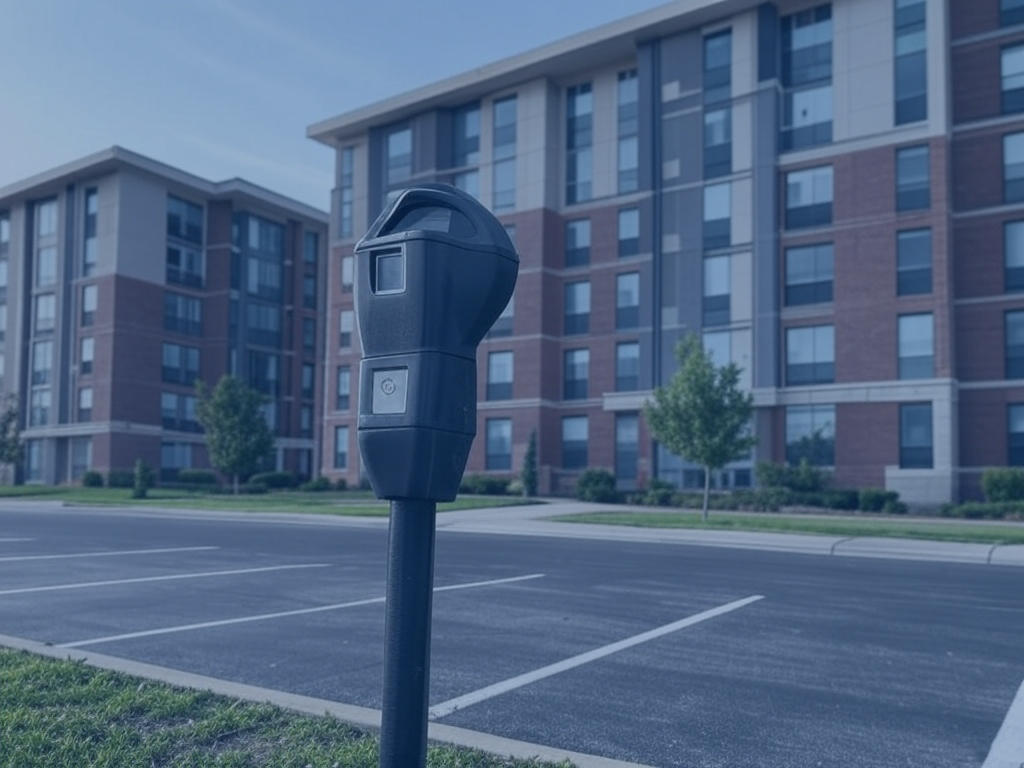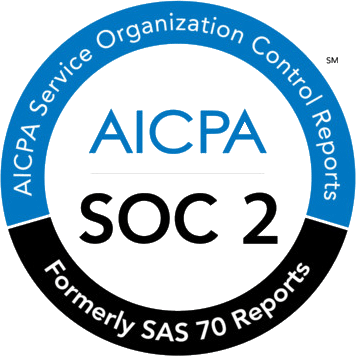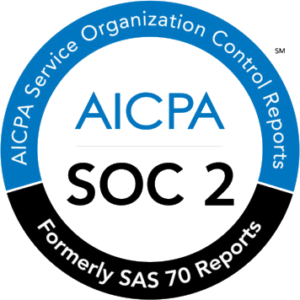Have you been asked to conduct a commuter survey?
Is your company plagued by commuter problems?
Understanding commuting patterns is a common way to address these issues. Commuter surveys have many practical uses and are popular among companies looking to learn about the travel needs of their workplace.
According to research, 23% of all employees will quit a job because the commute is too stressful.
So, now more than ever it’s vital to develop clear insights into your employee’s commuting habits.
These insights allow you as an employer to make the decisions you need to attract and retain top talent.
Table of Contents
ToggleRevamp your commuting & transportation operations
Find out how Wayleadr can help you optimize transportation operations and reduce transportation-related issues
Get a DemoWhat is a commuter survey?
A commuter survey is exactly what it says on the tin.
It’s a company-wide survey to gain a better understanding of how your employees get to and from work every day.
Many commuter questionnaires will also include questions about work-based travel during office hours. This allows companies to develop a broad picture of their employee travel demands.
Key benefits of a commuter survey
There are multiple benefits to running workplace travel surveys. Many companies leverage them to gain insight into how they could make it easier to get to work.
In a more sustainable world, employers are constantly monitoring their carbon footprint. Businesses are putting greater stock in workplace transportation surveys.
This allows them to monitor the travel choices of their staff. While also tracking the impact of schemes targeted towards more responsible travel.
What type of commuter survey questions should I ask?
Designing a commuter survey takes a little bit of skill. Obviously, the layout of your survey will depend on what your objective is.
If you are looking to conduct a general study, you will break it out into a number of key sections:
1. Employee Profiling
Gather information about the responder. Investigate their level within the organisation and their length of tenure.
Find out any personal information which might be impacting their travel choices (young families, health issues).
Flesh out information about where employees are travelling from on a daily basis.
Do they travel from a fixed location or multiple locations?
This depends on their personal circumstances and also the permanency of locations (e.g. are they renting or do they own the house).
2. Employee Travel Choices
Once you’ve built a profile of the responder, flesh out an understanding of their travel preferences. You are looking to gain an in-depth understanding of where the employee is working from.
- How do they travel to work?
- How long this takes them?
- How much it is costing them?
3. Company Impact
What does this all mean for your company?
Your next step is to figure out:
- What time do they arrive at the office?
- What commuting infrastructure do they use (parking, cycling facilities)?
4. Employee Satisfaction
Just because an employee is travelling to work in a certain way doesn’t mean they are happy about it.
Here is your chance to figure out the impact that existing commuting issues are having on your staff. Ask questions such as:
- On a scale from 1-10, rank your satisfaction with the company’s employee parking.
This allows you to identify the real pain points.
5. Employee Feedback
Finally, it’s important to give your employees the space to share their own ideas. They are experiencing commuter issues every day trying to access your office.
Let them inform you of ways that you could improve by asking questions such as:
- What things would you have to see to increase your satisfaction with the company’s employee parking?
- Tell us a little bit more about how you commute. Does it change throughout the year? Do you travel in different ways for each leg of your journey?
It is important when putting together your survey to avoid looking at commuting as a fixed or a linear habit for employees.
Give people ample opportunity to show how they commute in different ways.
Maybe they cycle when the weather is nice and get the bus when it rains. Maybe they drive and take the bus as part of the same journey.
Make sure to give your staff the scope to show your company how they travel.
Revamp your commuting & transportation operations
Find out how Wayleadr can help you optimize transportation operations and reduce transportation-related issues
Get a DemoHow should I use the commuter survey results?
So you’ve conducted your survey, what comes next?
Unfortunately, a lot of companies just leave the survey on the shelf and never truly get value from the experience.
There are three simple steps you can take to maximise the value of your commuter survey.
1. Build a report
You need to commute the findings of your survey.
Take the information and build a simple report. This allows you to broaden your understanding and buy-in across the business.
2. Develop an employee travel plan
It’s time to act, you need to put all your newfound insights to work. You now know your company’s commuter pain points.
It is vital that you build a workplace travel plan or employee travel plan to tackle these commuter issues.
Maybe you need to get more out of your car park, potentially you need to start a shuttle bus service.
In fact, there are lots of ways around managing and changing how your employees get to work.
Find out how to manage parking, cycling, running, walking and public transport with these handy guides.
3. Rinse & repeat
Commuter surveys as a once-off snapshot can generate some good insights. However, the value really comes in conducting the reports on an annual basis.
Companies can establish their baseline for all travel behaviours. Allowing them to monitor the impact of all travel demand measures as they move forward.
This ensures that bad commutes become a thing of the past.
Conclusion
If commuter issues are rearing their head again and again, commuter surveys are a great place to start.
They give you the information your company needs to act, allowing you to create a workplace experience that your team deserves.
If you would like to learn how Wayleadr can help you measure and analyse your employee parking through commuter surveys, book a demo with us below.












